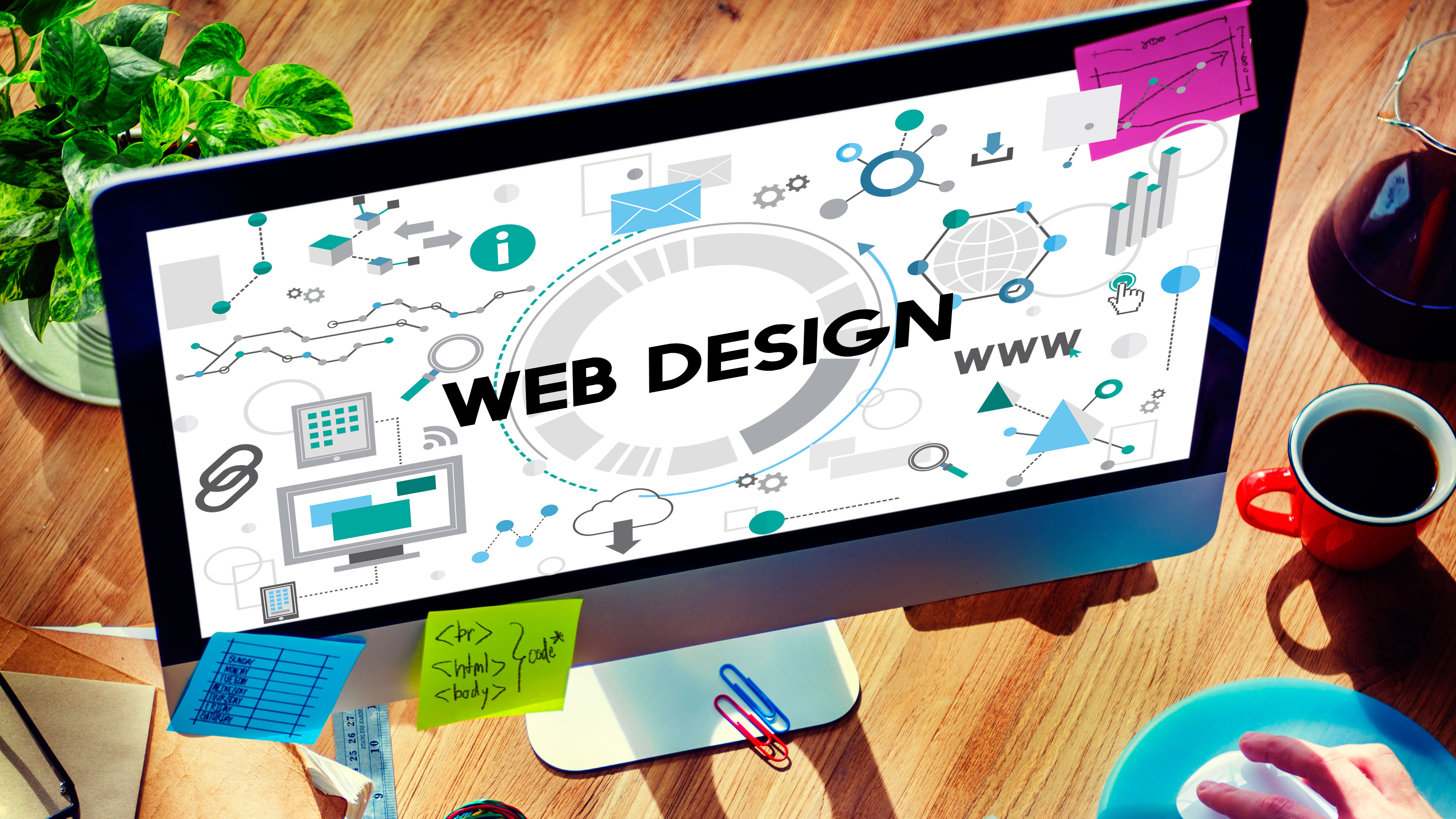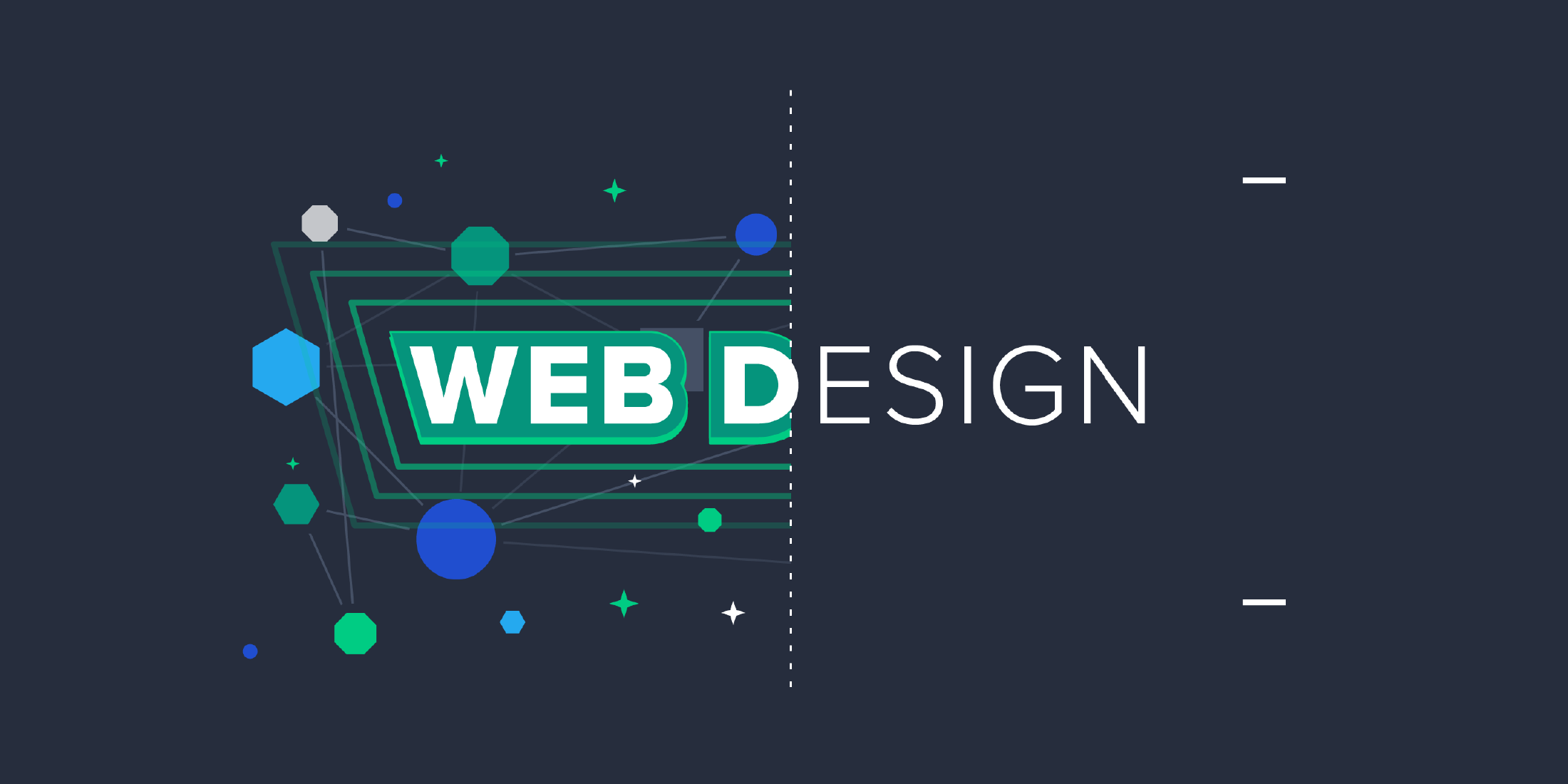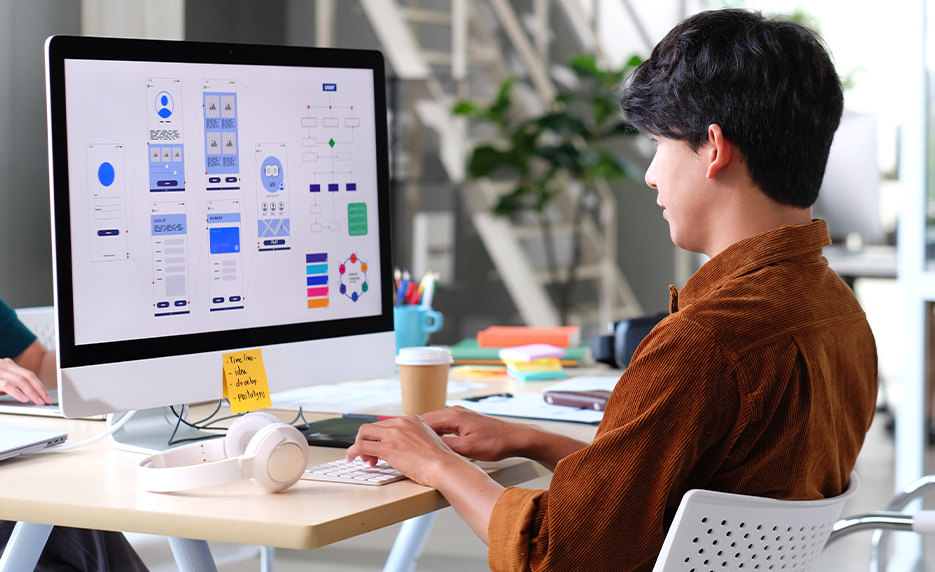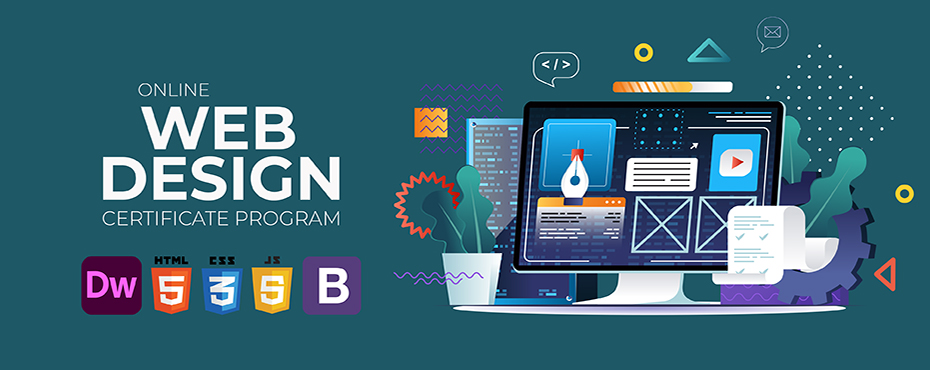All Categories
Featured
Table of Contents
- – Responsive Web Design Certification - Freecode...
- – Web Design Services - Networksolutions.com Ti...
- – Web Development Bachelor's Degree - Full Sail...
- – Responsive Web Design - A List Apart Tips and...
- – What Is Web Design? The Ultimate Guide To Web...
- – Web Development Bachelor's Degree - Full Sail...
- – Trajectory: Atlanta Web Design Company Tips ...
- – Web Design Tutorials By Envato Tuts+ Tips an...
- – St Louis Seo Company - St Louis Web Design A...
- – Beginner's Guide: How To Learn Web Design At...
- – Web Design Tutorials By Envato Tuts+ Tips an...
Responsive Web Design Certification - Freecodecamp.org Tips and Tricks:
Quick summary Usability and the energy, not the visual design, figure out the success or failure of a website. Because the visitor of the page is the only individual who clicks the mouse and therefore decides everything, user-centric style has actually established as a standard approach for successful and profit-oriented web style - web design frederick md.
and the energy, not the visual design, determine the success or failure of a website. Given that the visitor of the page is the only individual who clicks the mouse and therefore chooses everything, user-centric design has actually ended up being a basic technique for successful and profit-oriented web design. If users can't utilize a feature, it might as well not exist.
g. where the search box must be put) as it has actually already been performed in a number of short articles; rather we concentrate on the methods which, used properly, can result in more sophisticated design decisions and simplify the procedure of perceiving provided details. Please observe that you might be interested in the usability-related short articles we have actually released prior to: Principles Of Excellent Website Style And Reliable Website Design Guidelines, In order to utilize the concepts correctly we initially need to understand how users communicate with websites, how they believe and what are the basic patterns of users' habits.
Web Design Services - Networksolutions.com Tips and Tricks:
Visitors look at each brand-new page, scan a few of the text, and click the first link that captures their interest or slightly resembles the important things they're trying to find. In fact, there are big parts of the page they don't even look at. The majority of users look for something interesting (or beneficial) and clickable; as quickly as some promising prospects are discovered, users click.
If a page offers users with premium content, they want to compromise the content with ads and the style of the website. This is the factor why not-that-well-designed websites with high-quality material acquire a lot of traffic over years. Content is more crucial than the design which supports it.

Users don't read, they scan. Notification how "hot" areas abrupt in the middle of sentences. This is common for the scanning procedure. Very simple principle: If a website isn't able to fulfill users' expectations, then designer failed to get his job done appropriately and the business loses cash. The higher is the cognitive load and the less instinctive is the navigation, the more willing are users to leave the website and search for alternatives.
Web Development Bachelor's Degree - Full Sail University Tips and Tricks:
Neither do they scan website in a linear style, going sequentially from one site section to another one. Rather users satisfice; they select the first reasonable option. As quickly as they find a link that appears like it may result in the objective, there is an excellent opportunity that it will be immediately clicked.
It doesn't matter to us if we understand how things work, as long as we can use them. If your audience is going to act like you're designing signboard, then style terrific signboards." Users wish to have the ability to manage their web browser and depend on the consistent data presentation throughout the site.
If the navigation and website architecture aren't instinctive, the number of concern marks grows and makes it harder for users to understand how the system works and how to obtain from point A to point B. A clear structure, moderate visual hints and easily identifiable links can assist users to discover their course to their objective.
Responsive Web Design - A List Apart Tips and Tricks:

claims to be "beyond channels, beyond products, beyond distribution". What does it imply? Because users tend to explore sites according to the "F"-pattern, these three statements would be the first aspects users will see on the page once it is filled. The design itself is basic and intuitive, to comprehend what the page is about the user requires to search for the answer.
When you have actually attained this, you can interact why the system works and how users can gain from it. Individuals won't utilize your web site if they can't discover their method around it. 2. Do Not Waste Users' Patience, In every task when you are going to provide your visitors some service or tool, try to keep your user requirements minimal.
First-time visitors want to, not filling long web kinds for an account they may never ever utilize in the future. Let users explore the site and discover your services without forcing them into sharing private data. It's not reasonable to force users to get in an email address to check the feature.
What Is Web Design? The Ultimate Guide To Website Design ... Tips and Tricks:
And that's what you desire your users to feel on your web site. The registration can be done in less than 30 seconds as the type has horizontal orientation, the user doesn't even require to scroll the page.
A user registration alone is enough of an impediment to user navigation to cut down on inbound traffic. Manage To Focus Users' Attention, As websites offer both fixed and vibrant material, some elements of the user interface attract attention more than others do.
Focusing users' attention to particular areas of the website with a moderate usage of visual components can help your visitors to receive from point A to point B without thinking about how it really is expected to be done. The less enigma visitors have, the they have and the more trust they can develop towards the business the website represents.
Web Development Bachelor's Degree - Full Sail University Tips and Tricks:
4. Aim For Function Exposure, Modern web styles are usually slammed due to their technique of guiding users with aesthetically appealing 1-2-3-done-steps, large buttons with visual effects and so on. But from the style viewpoint these aspects really aren't a bad thing. On the contrary, such as they lead the visitors through the website material in a very easy and user-friendly way.
The website has 9 primary navigation alternatives which show up at the very first glance. The choice of colors may be too light. is a fundamental concept of effective user interface style. It does not actually matter how this is accomplished. What matters is that the material is well-understood and visitors feel comfy with the method they connect with the system.
Rather a price: simply what visitors are looking for. An optimal service for effective writing is touse short and concise phrases (come to the point as quickly as possible), use scannable design (classify the content, use several heading levels, utilize visual elements and bulleted lists which break the flow of uniform text blocks), usage plain and unbiased language (a promo does not require to sound like advertisement; give your users some affordable and unbiased reason why they need to use your service or remain on your site)6.
Trajectory: Atlanta Web Design Company Tips and Tricks:
Users are seldom on a website to enjoy the design; furthermore, in many cases they are looking for the details in spite of the style - web design frederick md. Make every effort for simpleness rather of complexity. From the visitors' point of view, the very best site style is a pure text, without any ads or further content blocks matching exactly the inquiry visitors used or the material they've been trying to find.
Finch clearly provides the info about the site and gives visitors an option of options without overcrowding them with unneeded content. Not just does it assist to for the visitors, but it makes it possible to perceive the info presented on the screen.
Complex structures are harder to check out, scan, examine and work with. If you have the option between separating two design sections by a noticeable line or by some whitespace, it's generally better to utilize the whitespace option. (Simon's Law): the much better you handle to supply users with a sense of visual hierarchy, the easier your content will be to perceive.
Web Design Tutorials By Envato Tuts+ Tips and Tricks:
The very same conventions and rules ought to be applied to all elements.: do the most with the least amount of hints and visual aspects. 4 major indicate be considered: simpleness, clearness, distinctiveness, and focus. Simplicity includes only the elements that are crucial for communication. Clarity: all parts need to be designed so their meaning is not unclear.
Conventions Are Our Buddies, Standard design of website elements does not result in an uninteresting web website. In truth, as they minimize the finding out curve, the requirement to find out how things work. It would be an usability nightmare if all sites had different visual presentation of RSS-feeds. That's not that different from our routine life where we tend to get used to basic concepts of how we arrange information (folders) or do shopping (positioning of products).
comprehend what they're expecting from a website navigation, text structure, search positioning etc. A common example from functionality sessions is to equate the page in Japanese (assuming your web users don't know Japanese, e. g. with Babelfish) and provide your functionality testers with a task to discover something in the page of different language.
St Louis Seo Company - St Louis Web Design And Internet ... Tips and Tricks:
Test Early, Test Typically, This so-called TETO-principle must be used to every web design project as use tests typically offer into substantial issues and issues related to a provided design. Test not too late, not too little and not for the wrong factors.
Some important points to bear in mind: according to Steve Krug, and screening one user early in the project is better than screening 50 near completion. Accoring to Boehm's first law, errors are most frequent throughout requirements and style activities and are the more costly the later on they are removed.
That implies that you design something, test it, fix it and then test it again. There might be issues which have not been found during the preliminary as users were virtually blocked by other issues. functionality tests. Either you'll be indicated the issues you have or you'll be indicated the lack of significant style flaws which is in both cases a helpful insight for your job.
Beginner's Guide: How To Learn Web Design At Home - Medium Tips and Tricks:

This holds for designers. After you've dealt with a site for couple of weeks, you can't observe it from a fresh perspective any longer. You know how it is developed and for that reason you know exactly how it works you have the wisdom independent testers and visitors of your website wouldn't have.
It can be linked to other areas such as graphic style, user experience, and multimedia arts, but is more appropriately seen from a technological standpoint. It has ended up being a big part of people's daily lives. It is tough to picture the Internet without animated graphics, different styles of typography, background, videos and music.

Throughout 1991 to 1993 the World Wide Web was born. Text-only pages might be seen utilizing a basic line-mode internet browser. There had been no integrated method to graphic style aspects such as images or noises.
Web Design Tutorials By Envato Tuts+ Tips and Tricks:
The W3C was produced in October 1994 to "lead the Internet to its complete potential by establishing common procedures that promote its evolution and guarantee its interoperability." This discouraged any one business from monopolizing a propriety browser and programming language, which could have changed the result of the Web as a whole.
As this has actually taken place the technology of the web has actually also proceeded. There have likewise been significant changes in the way individuals utilize and access the web, and this has changed how websites are designed. Since the end of the internet browsers wars [] new internet browsers have been launched. A number of these are open source suggesting that they tend to have quicker development and are more supportive of new requirements.
Learn more about Lovell Media Group LLC or TrainACETable of Contents
- – Responsive Web Design Certification - Freecode...
- – Web Design Services - Networksolutions.com Ti...
- – Web Development Bachelor's Degree - Full Sail...
- – Responsive Web Design - A List Apart Tips and...
- – What Is Web Design? The Ultimate Guide To Web...
- – Web Development Bachelor's Degree - Full Sail...
- – Trajectory: Atlanta Web Design Company Tips ...
- – Web Design Tutorials By Envato Tuts+ Tips an...
- – St Louis Seo Company - St Louis Web Design A...
- – Beginner's Guide: How To Learn Web Design At...
- – Web Design Tutorials By Envato Tuts+ Tips an...
Latest Posts
Html Responsive Web Design - W3schools Tips and Tricks:
Web Design Projects - Behance Tips and Tricks:
Mrw Web Design - Wordpress Websites For Nonprofits ... Tips and Tricks:
More
Latest Posts
Html Responsive Web Design - W3schools Tips and Tricks:
Web Design Projects - Behance Tips and Tricks:
Mrw Web Design - Wordpress Websites For Nonprofits ... Tips and Tricks: